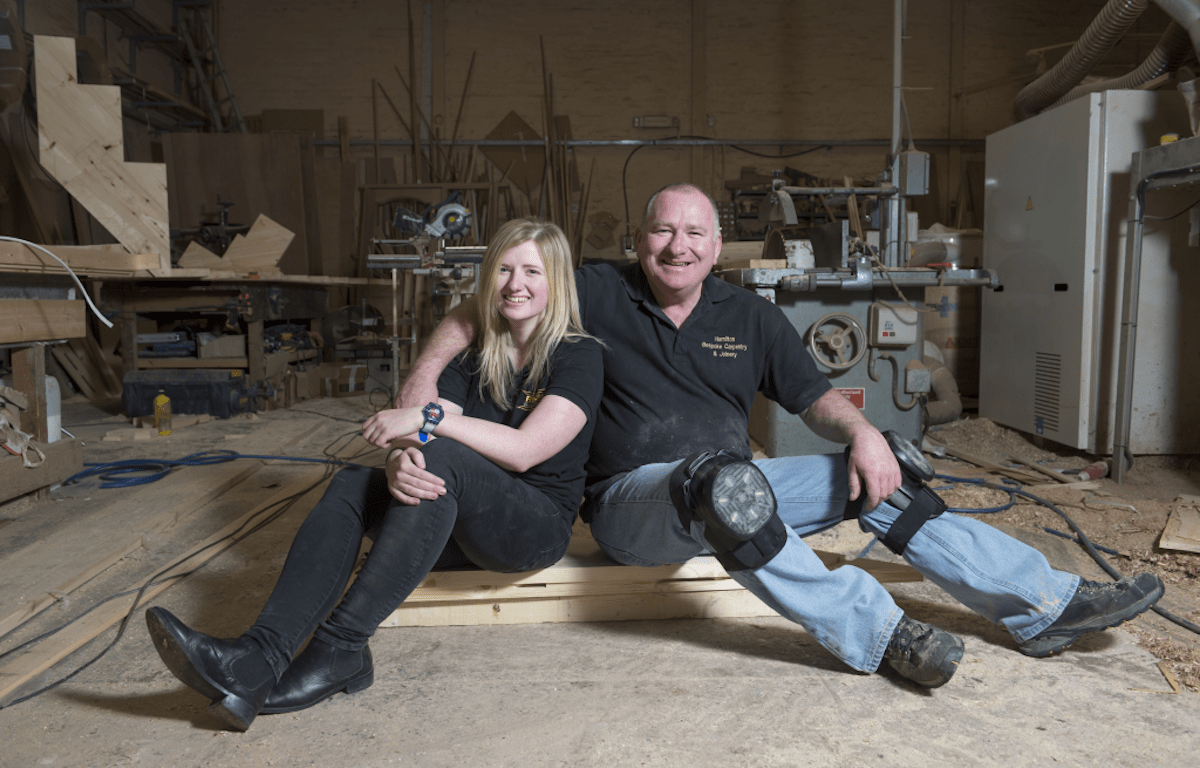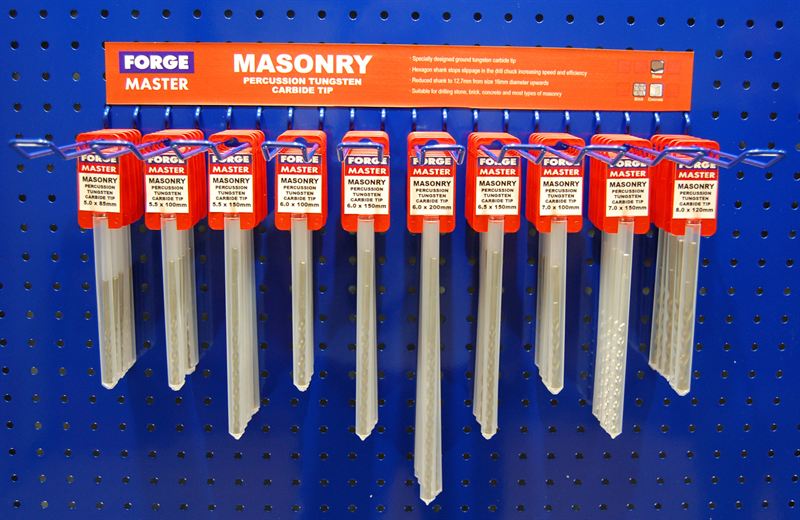Adseal Colours has launched two new DIY concrete staining kits which include all the products needed to recolour or completely change the colour of both interior and exterior concrete surfaces. They contain a stain from a choice of 12 different solid colours as well as a paving sealer, an applicator brush, protective gloves and easy to follow instructions.
Kits are available to treat areas measuring up to either 10m2 or 37m2.
Commenting, Michael Palin, managing director at Adseal, says: “With summer rapidly approaching, many homeowners are now looking to make the most of their outdoor spaces. Our DIY staining kits can help with that goal.
“They provide a simple to use, all-in-one and permanent solution which can breathe new life into a tired patio or paved area.
“They can also be used to realise some truly impressive and creative transformations or flourishes thanks to the sheer breadth of colours available.
“This includes everything from neutral colours like terracotta and charcoal through to more vibrant hues such as red, orange, yellow and blue.”
Each of the stains featured in the new kits comes from Adseal’s ORIGINAL SOLID Colour Stain range.
These polymer modified stains are water rather than solvent-based. This makes them a more environmentally responsible solution as well as easier and less noxious to use with no unpleasant fumes and no potentially hazardous chemicals involved.
They can be used on both flat and vertical surfaces and on substrates that include concrete slabs, flags, blocks, pavers, imprinted (stamped) concrete and many other porous substrates.
After application, the stains will dry to leave a uniform, completely opaque and natural looking finish. In addition, they will cover over any existing discolourations, stains or blemishes.
Similarly, the featured sealer – known as Adseal WB25 Sealer – is also water-based. Thanks to its proprietary formula, it dries quickly to create a durable, low sheen finish that is free from the milky opalescence that can occur with solvent-based sealers (known as blushing).
Adseal WB25 Sealer also offers excellent abrasion and chemical resistance, preventing unsightly marks being left on a treated surface by hot tyres, rain, UV exposure, grease, oil or most common household chemicals.
Finally, those looking to add a contrasting coloured area to their project or to create highlighted edging stones (a soldier course) have the further option of a huge range of secondary colours from the wider Adseal Colours’ range.
www.adsealcolours.co.uk/DIY



















